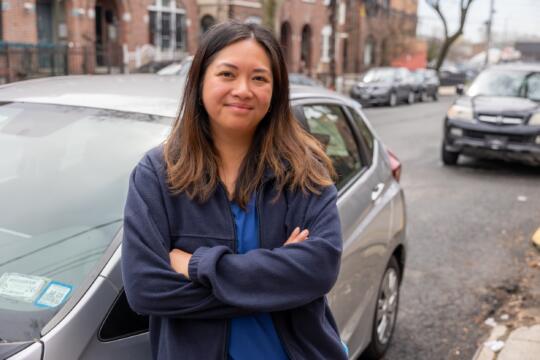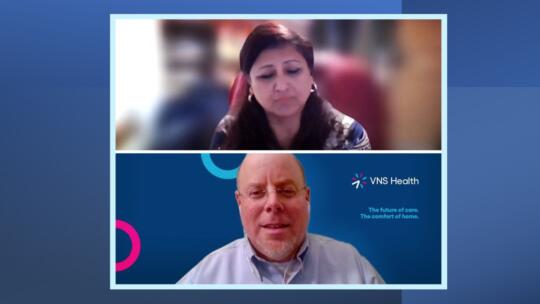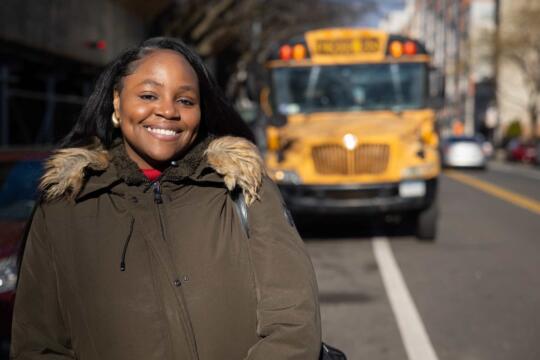Living the Mission: A Day in the Life of RN, Emperatriz Rivas
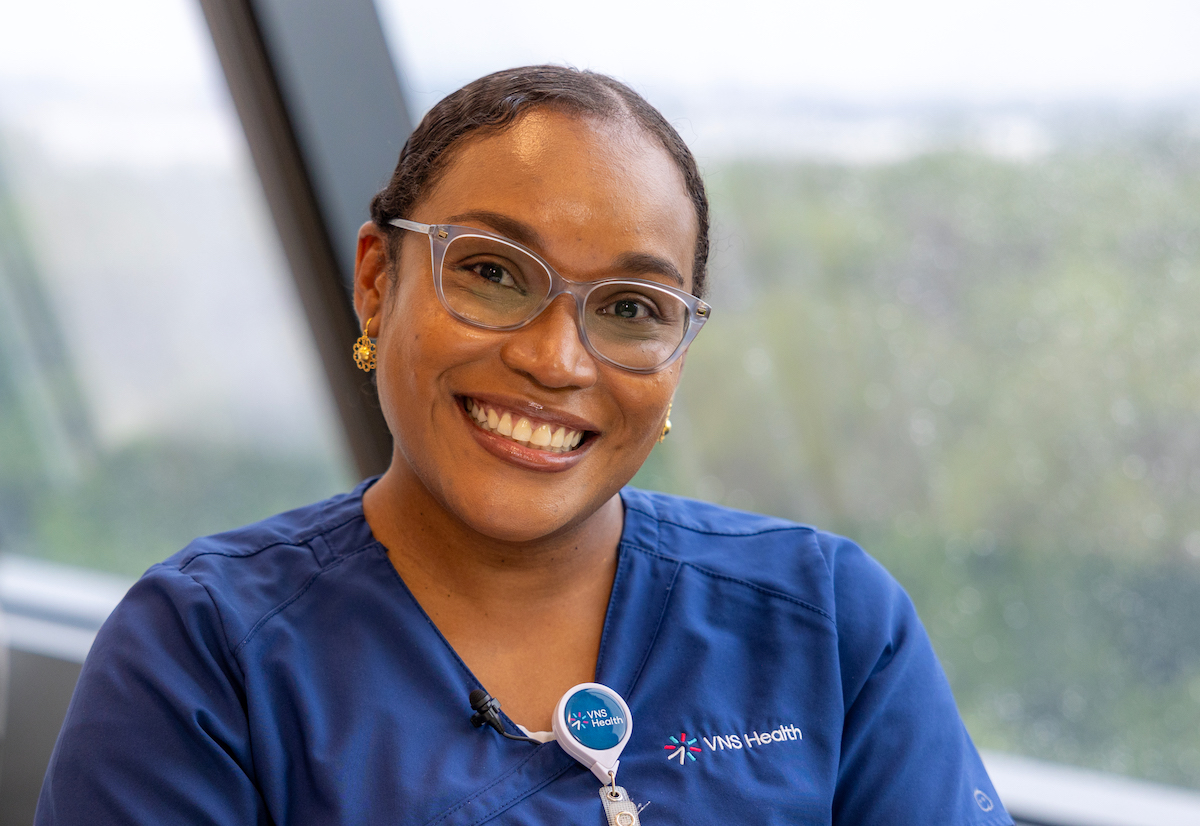
Welcome to “A Day in the Life”—the Frontline series that follows team members from different parts of VNS Health as they go about a typical day fulfilling our organization’s mission—to improve the health and well-being of people through high-quality, cost-effective health care in the home and community.
When Emperatriz Rivas joined VNS Health last year as a Home Care nurse in Staten Island, she brought a wealth of nursing experience with her, having spent seven years working as an ICU nurse in her native Colombia and then as a visiting nurse after she emigrated to the U.S. in 2016. For Emperatriz—or “Em,” as her patients call her—nursing is all about the patient. “To see a patient improving under my care, and know that I’ve helped them, is incredibly satisfying to me,” she says.
Here is how Emperatriz describes a typical day on the job:
5:00 a.m.

I like to get up early and go to the gym in the apartment complex where I live. I’ll do some cardio exercise, and then on Tuesdays and Thursdays I also work out on the weight machines. When I finish at the gym, I head back home and make breakfast for my family and also make their lunches for the day. In addition to my husband I have two sons, ages five and two. The oldest will be starting kindergarten in the fall, and the youngest goes to day care. My husband will drive them there on his way to work.
7:30 a.m.
Once everyone has eaten breakfast and the lunches are all made, I get dressed and gather up everything I’ll need for the day. By 7:30, I’m usually in my car starting the one-hour drive from my home—I live in eastern Pennsylvania—to Staten Island for my first patient visit.
8:30 a.m.
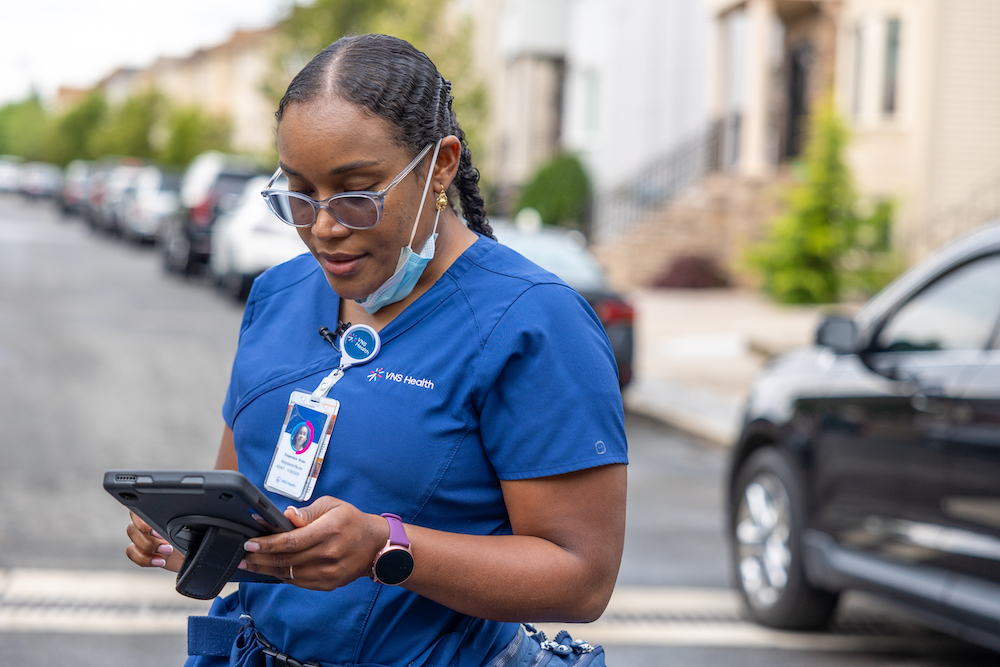
I always review my schedule and call each patient that I’ll be seeing the night before, to make sure they’ll be available. But I also re-check my schedule on HomeCare HomeBase when I reach Staten Island in the morning, to see if they’ve added a patient to my schedule—which happens sometimes. If that happens, I’ll call that patient to schedule their appointment. Usually my schedule is set in advance, though, which is good, so I don’t have to spend time calling patients in the morning.
9:00 a.m.

I usually start my first patient visit somewhere between 8:30 and 9:30. I typically see six to eight patients a day. If it’s a routine visit, I’ll spend about 25 minutes with the patient. For more complicated cases, though, the visit may take up to an hour. If there’s a change in the patient’s status—if their blood pressure is elevated, for example—then I’ll call their doctor’s office on the spot to report the issue and get guidance. I also work very hard to finish all my documentation of the visit right there in the patient’s home. But if I have a new patient, which takes more time to write up, or their doctor isn’t available when I call and I have to leave a message, then I’ll finish the documentation later that day when I’m back home.
10:15 a.m.
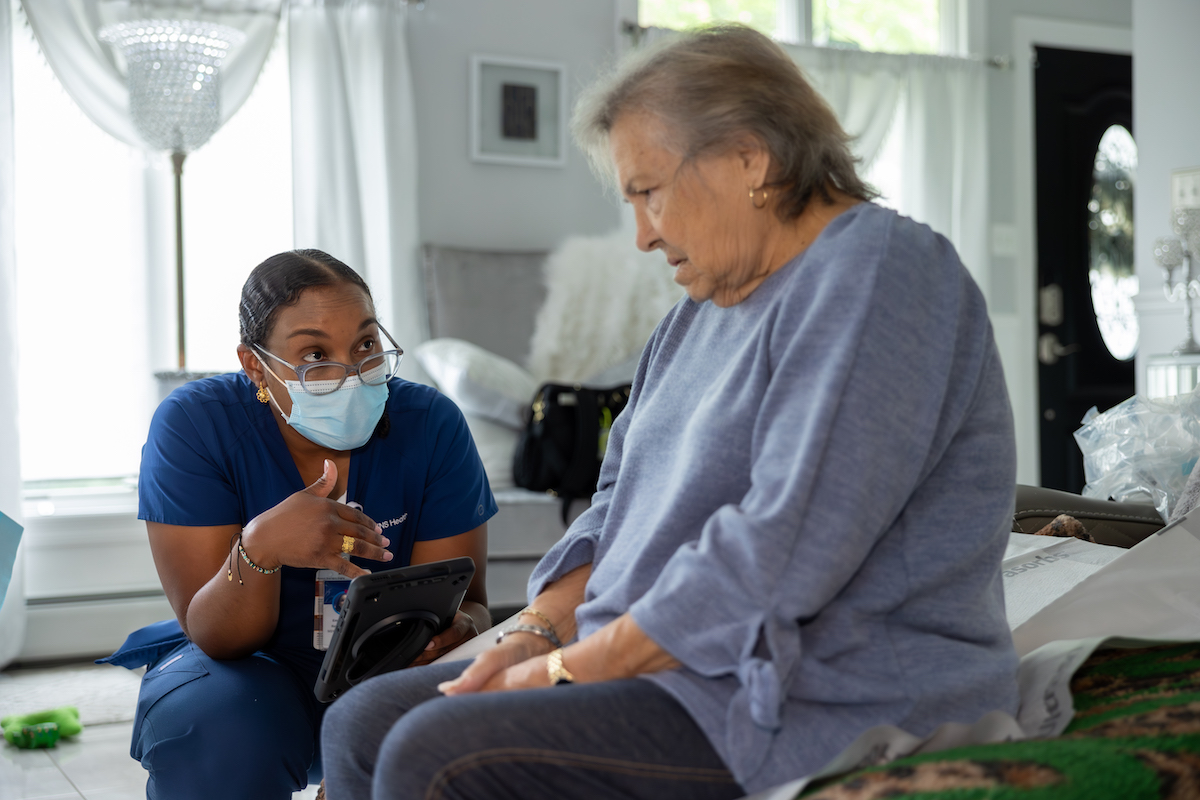
The next patient I’m seeing today has a bad pressure ulcer that’s taking time to heal. I treat conditions ranging from congestive heart failure to diabetes, but patients with complex, hard-to-heal wounds are among some of my most common and challenging cases.While I’m on my way to visit this patient, I’ll tell you why I love nursing. It involves a recent patient I provided care to. This patient also had a bad wound. Over three months of daily care, using medications like saline, Dakin’s solution, calcium alginate and hydrogel, we were able to get the wound to heal steadily, until last week it finally closed up.
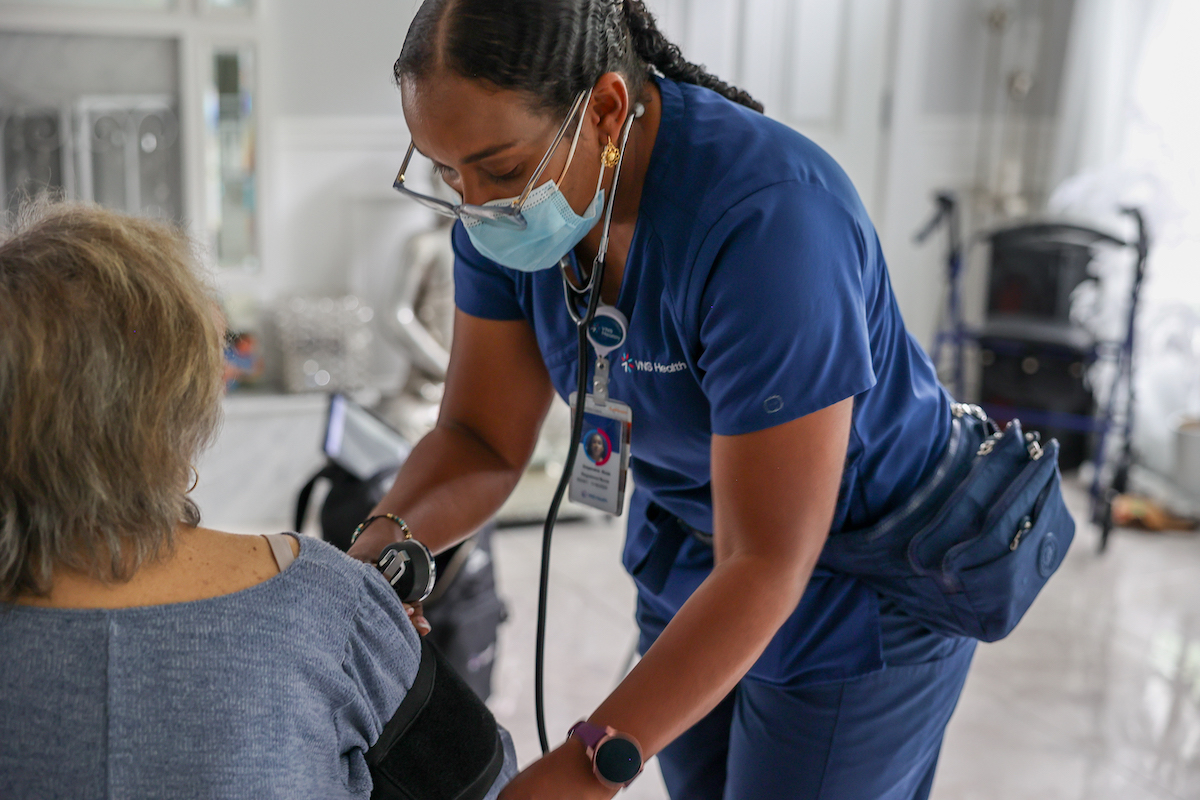
For all this to happen, I worked closely with the patient’s wound physician as well as VNS Health’s specialized wound care nurses. The wound care nurses were able to follow the healing through the Swift wound care app, which I used to photograph the patient’s wound each day. The photos then get uploaded to the patients’ medical record, which the other nurses can see online. I also had one of our wound care nurses visit the patient for in-person consults several times—at the start of the treatment, then at different points in the healing process. They would suggest changes in the treatment each time, which I then shared with the physician to get his approval.
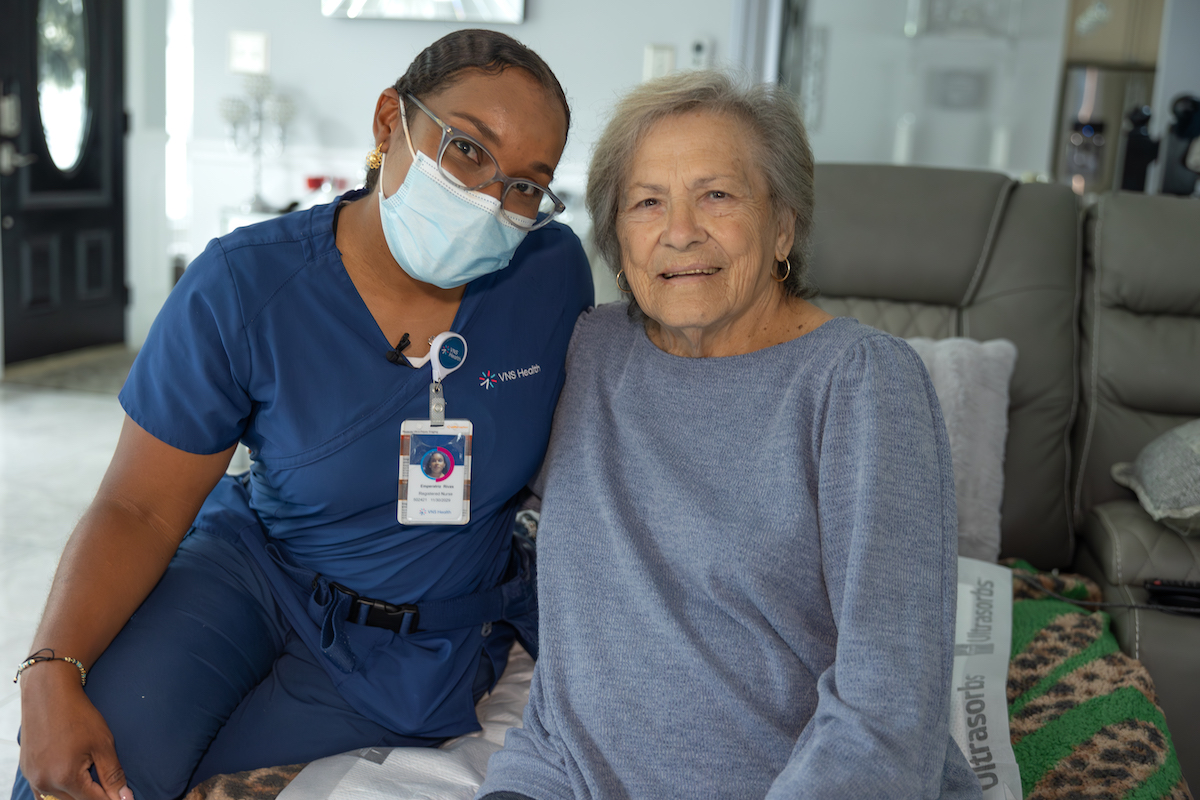
The patient and her family were overjoyed at the outcome. The daughter told me she couldn’t believe how well her mother was doing. She also told me she would miss me. There was a lot of love between us all. While this case was especially memorable, I feel a deep connection to every patient I treat.
12:30 p.m.
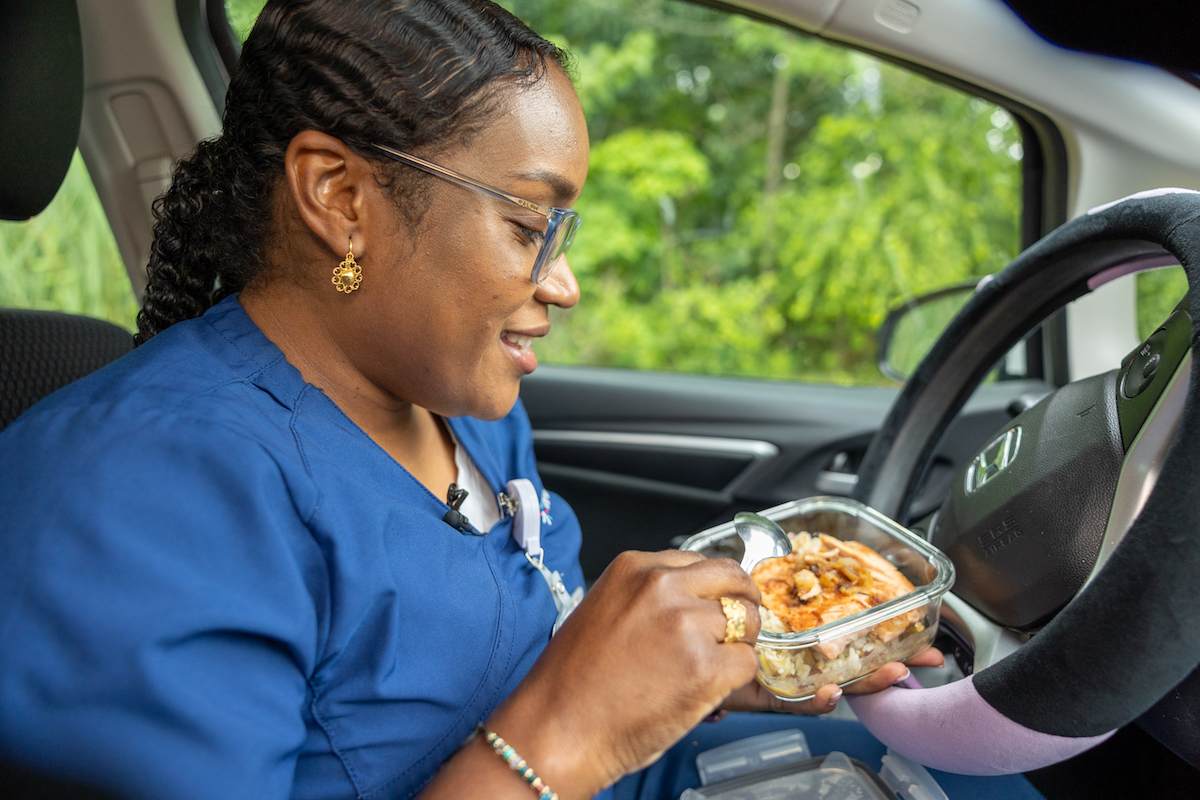
After three or four morning appointments, I take a break for lunch. Since I don’t want to take a long lunch break, I usually make a sandwich for myself at home that I eat in the car.
1:00 p.m.

I’m now on to my afternoon cases. I’m always careful to listen to each patient and not to rush with them or their families, which is one of the things patients like about me. “You’re so human,” one of them told me. Another patient said, “You’re very kind—you’re a happy nurse!” I love to hear that, because it means I’m connecting with them. That’s my favorite part of this job—the connections I make. Once I have everyone’s agreement on the course of treatment, I’ll put whatever new orders are needed for supplies and medication. I work with the family members, too, teaching them how to manage the care of their loved one. I also make sure to communicate with the patient’s rehabilitation therapist, if they have one, and their social worker, so that we’re all on the same page.
3:00 to 4:00 p.m.
When I’m done for the day depends on how many patients I see. If I have a full load of eight patients, I usually finish by 4:00 at the latest and start my drive back to Pennsylvania. I’m usually back home an hour after that.
4:00 to 5:00 p.m.
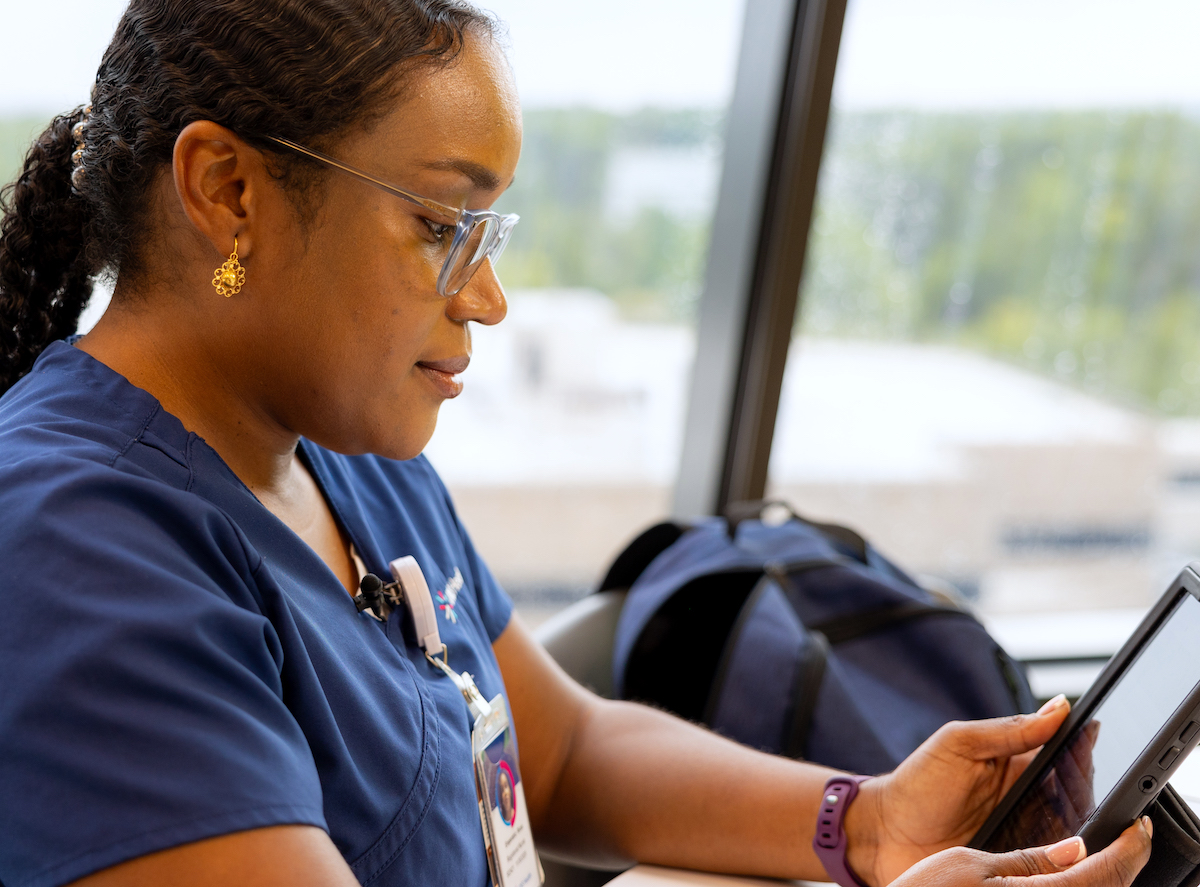
Once I’m home, I do a last review of all my patient charts and put in any documentation that still needs to be added. When I’m sure everything is correct, I’ll submit it. Then I’ll pivot to scheduling my patients for the next day. I look up each patient’s address on Google Maps, so I can know who lives close to each other. That way, I can schedule them around the same time of day to minimize my driving time between patients. This when I also give each patient a quick phone call, to make sure they’ll be available tomorrow at the scheduled time.
6:00 p.m.

After the documentation and scheduling are all done, I start focusing on getting dinner ready. I love to cook, and my children love what I make! Some of my favorite dishes are spaghetti with creamy presto sauce, a Colombian bread and cheese dish, and meat with tomatoes and green onions. After dinner, I’ll spend some time reading to the kids before bed, which we all really like to do.
8:30 p.m.

My boys are usually asleep by 8:30. That’s when I turn to my own studying. I’m taking a three-month care coordination management course, which requires two hours of studying a day. I listen to a recording of the textbook while I’m reading it, because I’m still working on my English and that helps me. I study until about 10:30—then I get ready for bed. By 11:00 I’m usually asleep—resting up for the next day, and all the patients who need my care!
